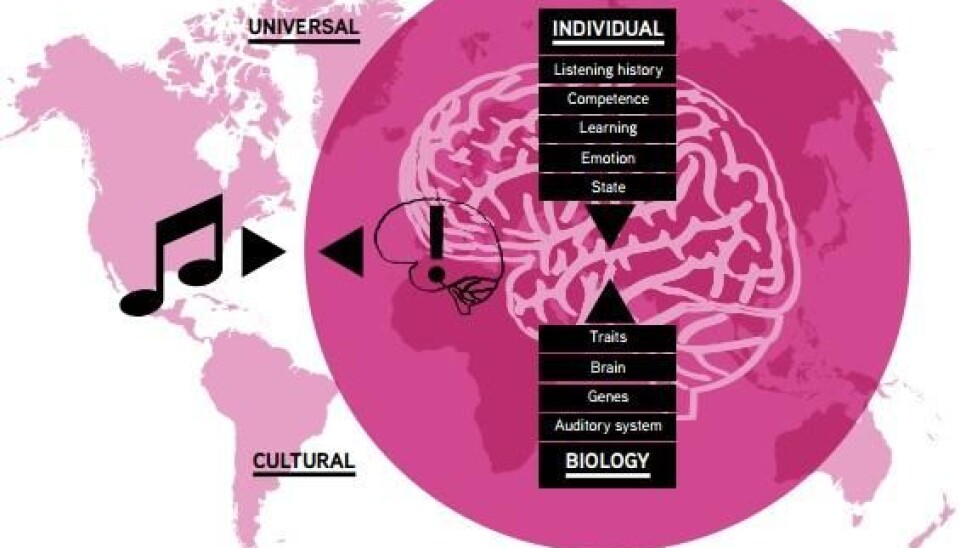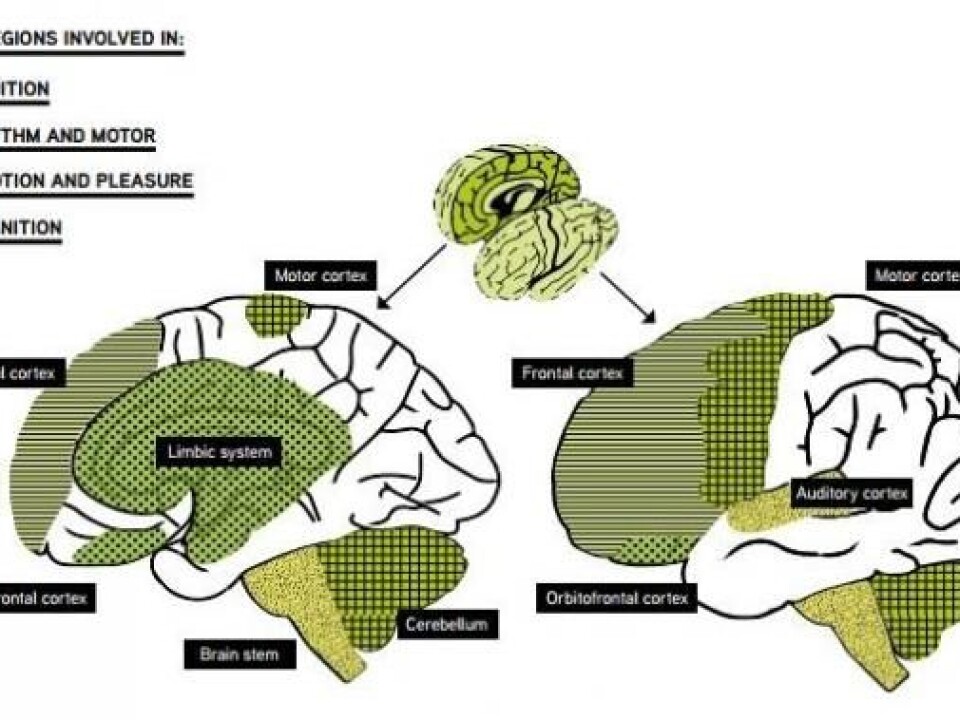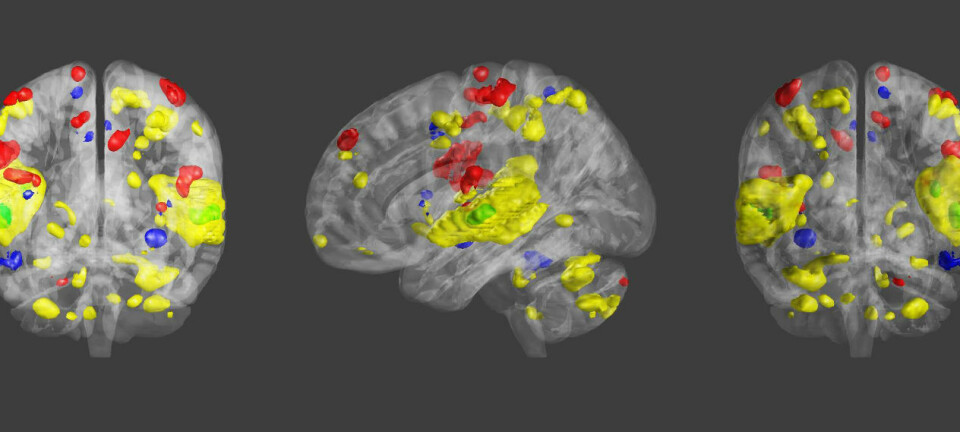
Music can relieve chronic pain
Scientists have found that music can help reduce chronic pain. Previous studies in this field have only focused on acute pain.
Most of us know that a good song can boost our mood. Scientists have also known for some time that music can have a direct and measurable effect on acute pain, such as when you burn your finger.
Now, for the first time, scientists have examined whether music can also have a positive effect on chronic pain in patients who suffer from fibromyalgia, a disease that causes severe chronic pain in the muscles and joints.
The new study found that fibromyalgia patients experienced less chronic pain after listening to their favourite music.
”We measured both directly and indirectly how the participants experienced their pain after having listened to self-chosen, relaxing and pleasant music, and we measured an effect on all parameters. They reported that the pain became less unpleasant and less intense,” says study lead author Peter Vuust, of the Center for Functionally Integrative Neuroscience (CFIN) at Aarhus University, Denmark.

Vuust believes the new findings may have greater implications than one might think:
“With people who suffer from a disease that causes chronic pain, the greatest problem is all the medicines they are forced to take. Whatever it may be, it’s bad, because it can cause stomach upset, can be addictive, etc.,” he says.
“If music can help us to lower the doses of pain medication, that’s fantastic.”
There are two brain mechanisms that may be responsible for the pain-relieving effect that music has on chronic pain in fibromyalgia patients, explains Line Gebauer, a postdoc fellow at the CFIN, who did not take part in the new study.
- It may be that enjoyable music can trigger the release of opioids in the brain. Opioids are the body’s own ‘morphine’, which may explain why music can reduce the feeling of pain and the reduced need for pain medication.
- Or it could be that the pain-relieving effect may be the result of music simply being an incredibly effective way of redirecting our attention away from our pain.
“In the study of the fibromyalgia patients, however, it appears most likely that the positive effect is due to the release of opioids in the brain, as the effect remained even after the music had stopped,” says Gebauer.
Vuust adds that a central aspect of the new study is that the participants were given the chance to select what music they wanted to hear:
“In terms of pain, it is important that you listen to music that you already know and like. When you’re in pain, you need a familiar setting in which you can navigate, and if you can do that with music you know and like.”
In addition to the new study, Vuust and Gebauer have published a white paper about music interventions in health care.
-------------------
Read the Danish version of this article at videnskab.dk
Scientific links
- ”Music reduces pain and increases functional mobility in fibromyalgia”, Frontiers in Psychology (2014), DOI: 10.3389/fpsyg.2014.00090
- White paper: 'Musical interventions in Health care'











